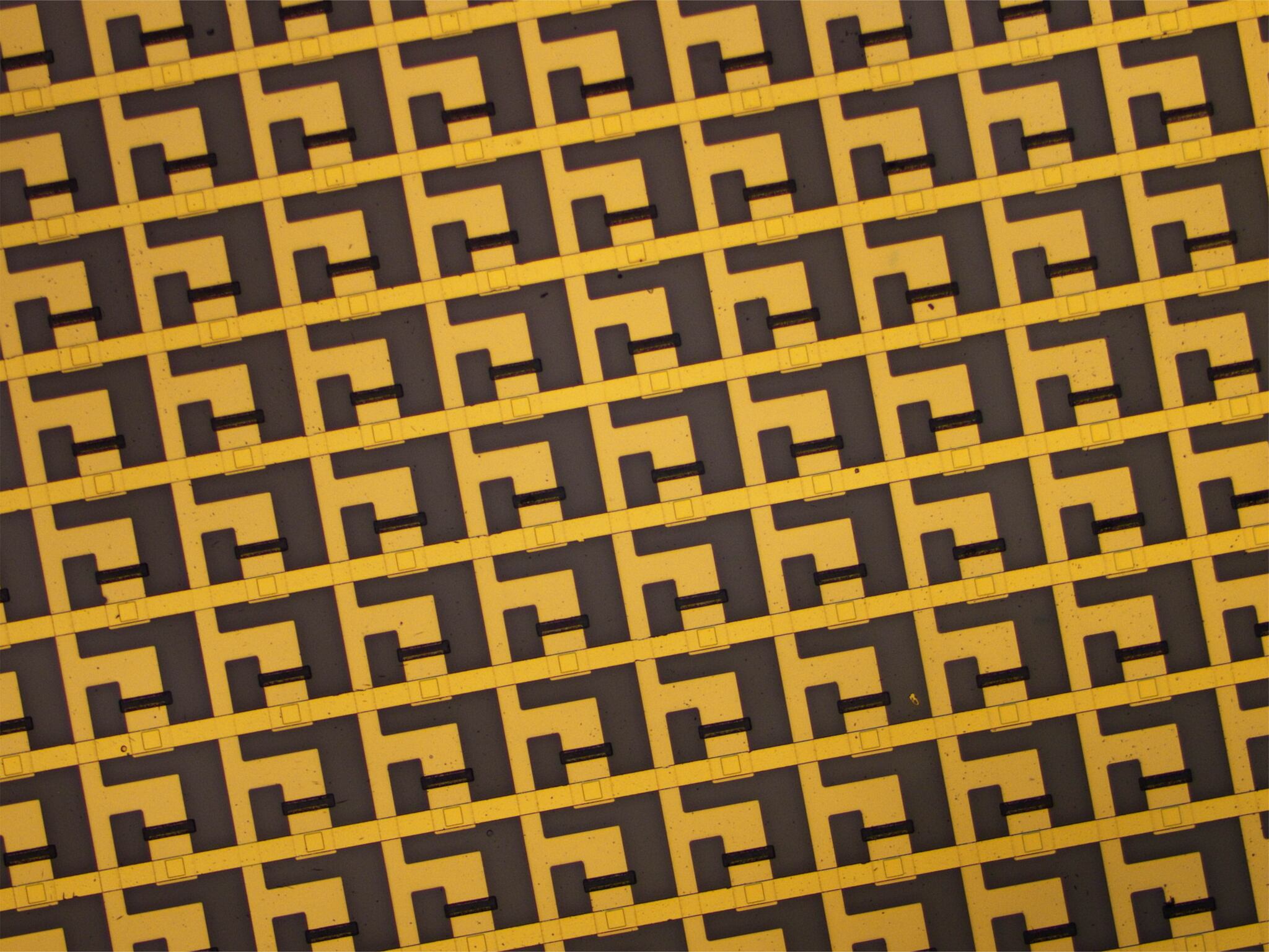‘Brain-like device’ mimics human learning in major computing breakthrough
Device can ‘directly interface with living tissue’ for next-generation bioelectronics

Your support helps us to tell the story
From reproductive rights to climate change to Big Tech, The Independent is on the ground when the story is developing. Whether it's investigating the financials of Elon Musk's pro-Trump PAC or producing our latest documentary, 'The A Word', which shines a light on the American women fighting for reproductive rights, we know how important it is to parse out the facts from the messaging.
At such a critical moment in US history, we need reporters on the ground. Your donation allows us to keep sending journalists to speak to both sides of the story.
The Independent is trusted by Americans across the entire political spectrum. And unlike many other quality news outlets, we choose not to lock Americans out of our reporting and analysis with paywalls. We believe quality journalism should be available to everyone, paid for by those who can afford it.
Your support makes all the difference.Scientists have developed a device modelled on the human brain that can learn by association in the same way as Pavlov’s dog.
In the famous experiment, Russian physiologist Ivan Pavlov conditioned a dog to associate a bell with food. In order to replicate this way of learning, researchers from Northwestern University in the US and the University of Hong Kong developed so-called “synaptic transistors” capable of simultaneously processing and storing information in the same way as a brain.
Instead of a bell and food, the researchers conditioned the circuit to associate light with pressure by pulsing an LED lightbulb and then immediately applying pressure with a finger press.
The organic electrochemical material allowed the device to build memories and after five training cycles, the circuit associated light with pressure in such a way that light alone was able to trigger a signal for the pressure.
This novel way of learning over time overcomes many of the limitations of traditional computing.
“Although the modern computer is outstanding, the human brain can easily outperform it in some complex and unstructured tasks, such as pattern recognition, motor control and multisensory integration,” said Jonathan Rivnay, an assistant professor of biomedical engineering at Northwestern University.
“This is thanks to the plasticity of the synapse, which is the basic building block of the brain’s computational power. These synapses enable the brain to work in a highly parallel, fault tolerant and energy-efficient manner... mimicking key functions of a biological synapse.”
Conventional computers store data and process data using separate systems, meaning data-intensive tasks consume a lot of energy.
Xudong Ji, a postdoctoral researcher in Dr Rivnay’s group, explained that their goal was to “bring those two separate functions together”, in order to “save space and save on energy costs”.
In recent years, researchers have used memory resistors – known as “memristors” – to combine the processing and memory units in the same way as the human brain. However, these are also energy costly and are less biocompatible – meaning they cannot be used in biological applications.
“While our application is a proof-of-concept, our proposed circuit can be further extended to include more sensory inputs and integrated with other electronics to enable on-site, low-power computation,” Dr Rivnay said.
“Because it is compatible with biological environments, the device can directly interface with living tissue, which is critical for next-generation bioelectronics.”
The research was published today in the journal Nature Communications.
Join our commenting forum
Join thought-provoking conversations, follow other Independent readers and see their replies
Comments